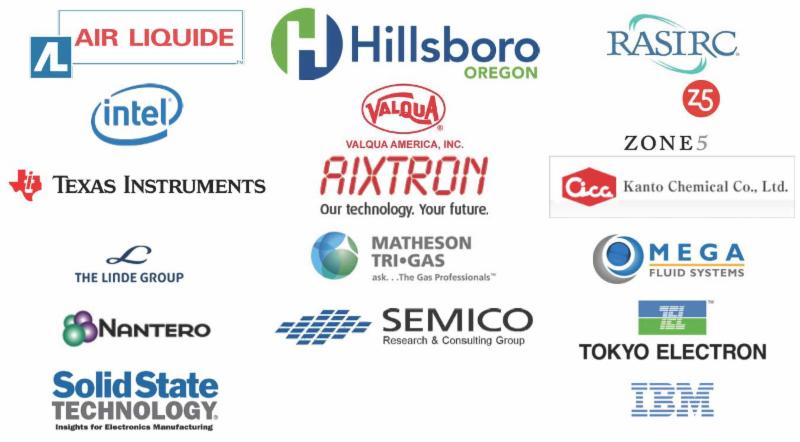Material growth to resume in 2024 as industry recovers and fabs ramp up
San Diego, CA, July 12, 2023: TECHCET—the electronic materials advisory firm providing business and technology information— announced that the Total Semiconductor Materials market will contract by at least -3% in 2023 given the industry wide slowdown and reported higher levels of inventory in the materials supply chain. This year’s decline will result in revenues for Semiconductor Materials to total US$69.6 billion, down from the US$71.7 reported in 2022. However, leading-edge logic and automotive/power device production will limit the overall decline in materials revenues for 2023.
TECHCET is forecasting a strong recovery in the market in 2024, with total material revenues increasing 8% to almost US$75 billion. CAGR growth over the next 5 years is forecasted to be 4%, which will result in the market reaching US$88 billion by 2027.
To read the full article, go to: https://lnkd.in/gVan5qSq
To find out more: see TECHCET at SEMICON West at NY CREATES Booth (North Hall 5845) from July 11-13. Lita Shon-Roy, Diane Scott, Dan Tracy, and Kevin McLaughlin will all be there to share market insights and industry updates. Or visit our website here: https://lnkd.in/gJQ2Gt36.
Segment summarized by TECHCET previous recent releases:
Semiconductor Metal Plating Chemicals:
The market for semiconductor metal plating chemicals is expected to experience a slight decrease of 2% in 2023. This decline is due to lower expectations for overall wafer starts and inventory corrections within the market. Copper is the largest revenue contributor in this segment, particularly in advanced packaging wiring and interconnect copper plating. However, the market is expected to rebound in the long term, with a positive compound annual growth rate (CAGR) of 3.7% for advanced packaging and 3.3% for interconnect metal chemicals.
Semiconductor Quartz Equipment Components:
After reaching an all-time high in 2022, the market for fabricated quartz equipment components is expected to decline in 2023. The slowdown is attributed to a shift in industry investments and reduced purchase orders. However, the market is buoyed by previous purchases and backlogs, leading to a projected decline of 6% in 2023. New fab expansions are expected to drive future growth, with a CAGR of 5% from 2022 to 2027.
CMP Consumables:
Following strong performance in 2022, the CMP consumables market is forecasted to experience a slight reduction of 2.4% in 2023. The decrease is primarily due to oversupply in DRAM and market corrections. However, the market is expected to achieve a 5-year CAGR of 5.2%. The demand for new metals pads and slurry is anticipated to drive growth in this segment, particularly with the development of advanced logic methodologies and the evaluation of new BEOL materials.
Electronic Gases:
The electronic gases market is expected to witness a positive 5-year CAGR of 6.4% driven by expansions within the semiconductor industry, especially in leading-edge logic and 3DNAND applications. However, supply constraints for critical gases like B2H6 and WF6 may arise as demand outpaces supply. Disruptions in gas supply from current sources and geopolitical events may lead to shortages. Helium supply is also considered at high risk. Despite these challenges, the market is projected to grow, particularly with new fab expansions and increasing demand.
Semiconductor Wet Chemicals:
Semiconductor wet chemical revenues are forecasted to decline by 2% in 2023, following the trends in wafer starts and rising energy prices. The industry slowdown and instability from the Russia-Ukraine war contribute to the market contraction. However, the market is expected to rebound in 2024, with a 5-year CAGR of 3.9%. Phosphoric acid is the strongest segment within wet chemicals due to growth in the 3DNAND market. A holistic approach to the chemical supply chain is crucial for success in this market.
ALD/CVD Precursors:
The market for ALD/CVD precursors experienced a flattening in 2023 due to reduced memory pricing in production. However, a rebound is expected in the second half of the year, driven by the recovery of memory pricing. The market for high-ƙ and low-ƙ dielectric precursors is projected to rebound significantly in 2027, with a growth rate of approximately 19%. The market will be boosted by fab expansions, logic advancements, and increasing demand for metal and dielectric precursors.



%20(1).png)




















